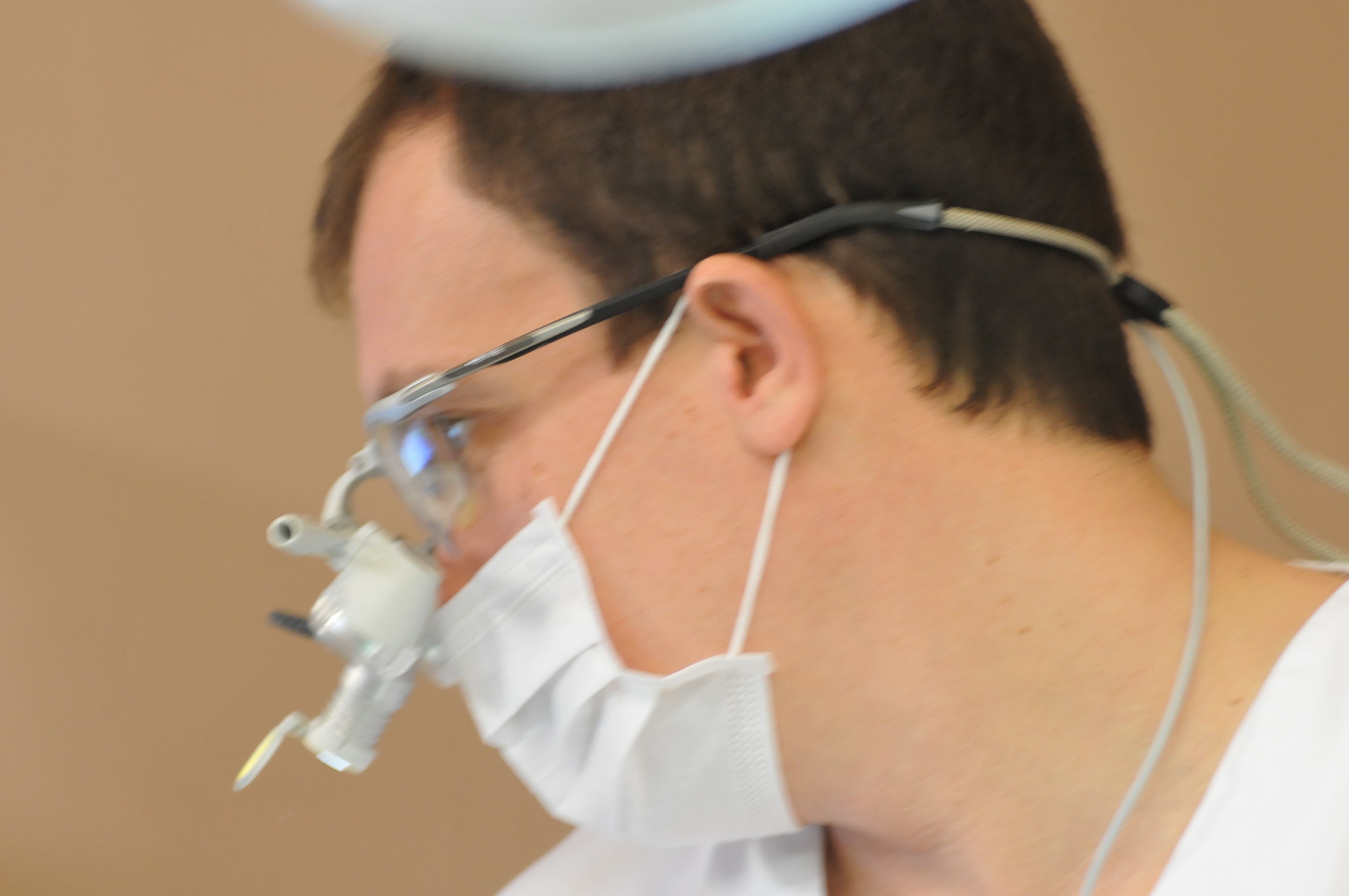Résumés de quelques articles:
All-ceramic restorations offer a predictable and successful restoration with an estimated survival probability of 93.5% over 10 years. Significantly increased failure rates are associated with bruxism, nonvital teeth, and specific cementation agents.[4]
Porcelain laminate veneers offer a predictable and successful restoration with an estimated survival probability of 93.5% over 10 years. Significantly increased failure rates were associated with bruxism and nonvital teeth, and marginal discoloration was worse in patients who smoked.[1]
Dicor restorations can survive successfully over time with certain reservations. Long-term survival improved significantly when restorations were acid-etched before luting. Complete coverage restoration failures per year decreased from molars to incisors in both arches, suggesting that complete coverage restorations on molars represented a serious risk. No Dicor complete coverage restoration on lateral incisors failed during the study. Restorations failed less often in female than male subjects.[7]
For the individual dentist, the Ceramic Success Analysis (CSA) is atried and tested internet-based platform for monitoring the clinical success of all-ceramic restorations. After compiling an insertion protocol and recording the findings from regular clinical follow-up examinations, an analysis follows which culminates in the re-evaluation of the indication and the treatment approach. The evaluations of the 12-year results confirm a high success rate for all-ceramic restorations. Factors which influence the long-term success are: tooth vitality, an indicated crown, the use of a two-bottle dentin adhesive, and the placement of rubber-dam in the adhesive cementation technique.[10]
Three articles comparing the results of ceramic to other materials were analyzed further. No new reliable evidence was found to update the answer to the hypothesis that there was no difference in longevity, at least in the first year postoperative. The evidence found regarding postoperative discomfort backs the previous conclusion that there was no difference. New evidence found on color matching suggests that there is no significant difference in color match over assessment periods of up to 57 months.
Current ceramic materials in inlay restorations seem to perform as well as other restorative options for selected properties during the first years after placement.[9]
Collage avant test occlusaux :
Survival probability was MZ100>e.max CAD>Mark II. The restorations made from e.max CAD and Mark II failed at an average load of 157 N and 123 N, respectively with no specimen withstanding all 70 load cycles (survival 0%); with MZ100 the survival rate was 36%.
Material selection has a significant effect on the risk of CAD/CAM onlay fracture during pre-cementation functional occlusal tapping with composite resin onlays showing the minimum risk compared to ceramic ones.
[6]
Survival probability was e.max CAD>MZ100>Mark II. None of the specimens survived the 70 cycles except for two e.max CAD inlays (survival: 14%).
Material selection has a significant effect on the risk of Cerec inlay fracture during pre-cementation functional occlusal tapping.[5]
[11][3][2][8]
Bibliographie
[1] Beier US, Kapferer I, Burtscher D & Dumfahrt H. Clinical performance of porcelain laminate veneers for up to 20 years. Int J Prosthodont (2012) 25: 79-85.
[2] Chaiyabutr Y & Kois JC. The effects of tooth preparation cleansing protocols on the bond strength of self-adhesive resin luting cement to contaminated dentin. Oper Dent (2008) 33: 556-63.
[3] Chaiyabutr Y & Kois JC. The effect of tooth-preparation cleansing protocol on the bond strength of self-adhesive resin cement to dentin contaminated with a hemostatic agent. Oper Dent (2011) 36: 18-26.
[4] Magne P, Oderich E, Boff LL, Cardoso AC & Belser UC. Fatigue resistance and failure mode of CAD/CAM composite resin implant abutments restored with type III composite resin and porcelain veneers. Clin Oral Implants Res (2011) 22: 1275-81.
[5] Magne P, Paranhos MPG & Schlichting LH. Influence of material selection on the risk of inlay fracture during pre-cementation functional occlusal tapping. Dent Mater (2011) 27: 109-13.
[6] Magne P, Schlichting LH & Paranhos MPG. Risk of onlay fracture during pre-cementation functional occlusal tapping. Dent Mater (2011) 27: 942-7.
[7] Malament KA & Socransky SS. Survival of Dicor glass-ceramic dental restorations over 14 years: Part I. Survival of Dicor complete coverage restorations and effect of internal surface acid etching, tooth position, gender, and age. J Prosthet Dent (1999) 81: 23-32.
[8] Naeselius K, Arnelund C & Molin MK. Clinical evaluation of all-ceramic onlays: a 4-year retrospective study. Int J Prosthodont (2008) 21: 40-4.
[9] Pol CWP & Kalk W. A systematic review of ceramic inlays in posterior teeth: an update. Int J Prosthodont (2011) 24: 566-75.
[10] Reiss B. CSA: the online portal for determining the clinical standing of ceramic restorations in practice. Int J Comput Dent (2011) 14: 243-53.
[11] Schoenbaum TR. Standardized bonding protocol posterior porcelain restorations. Dent Today (2011) 30: 94, 96-7.

